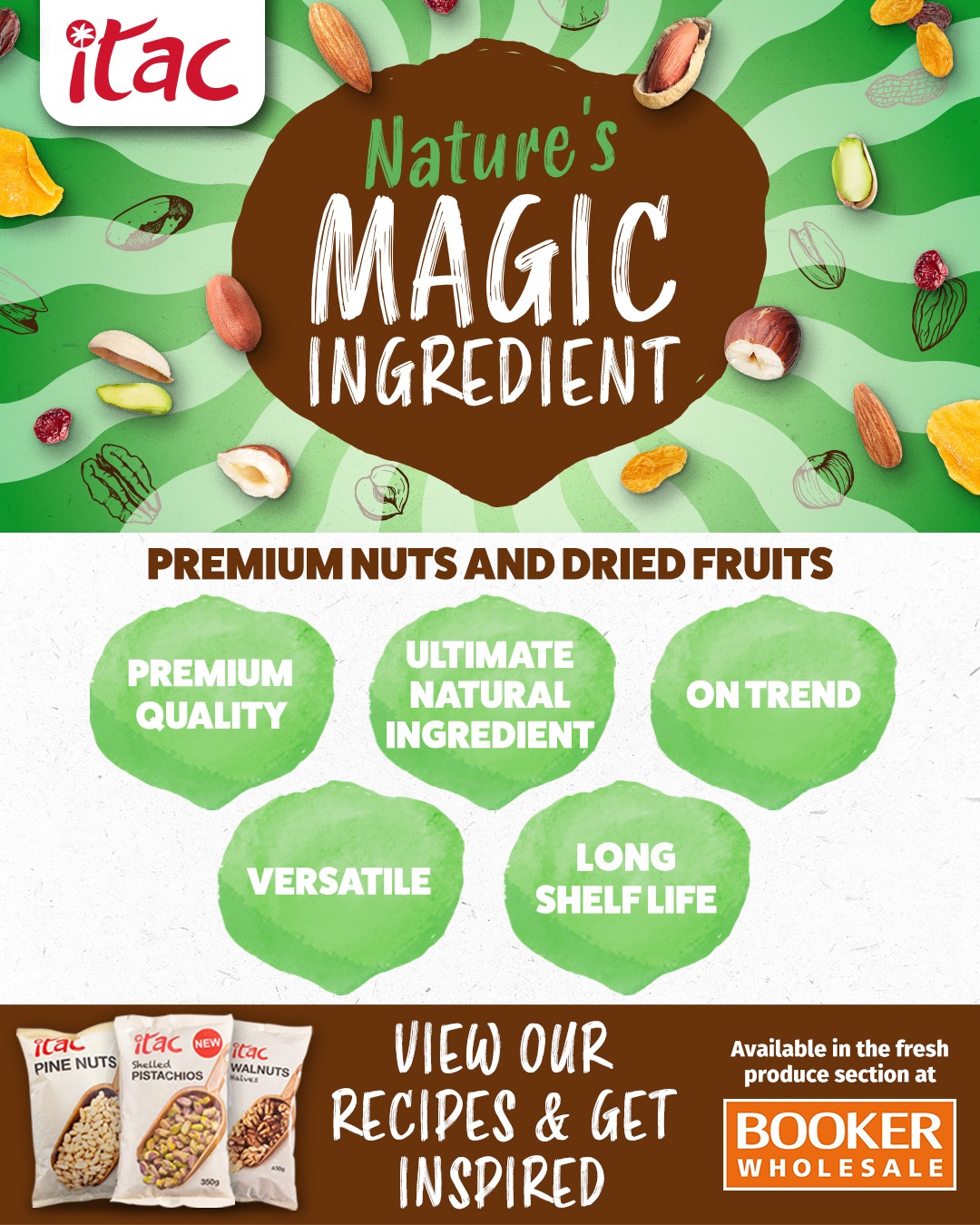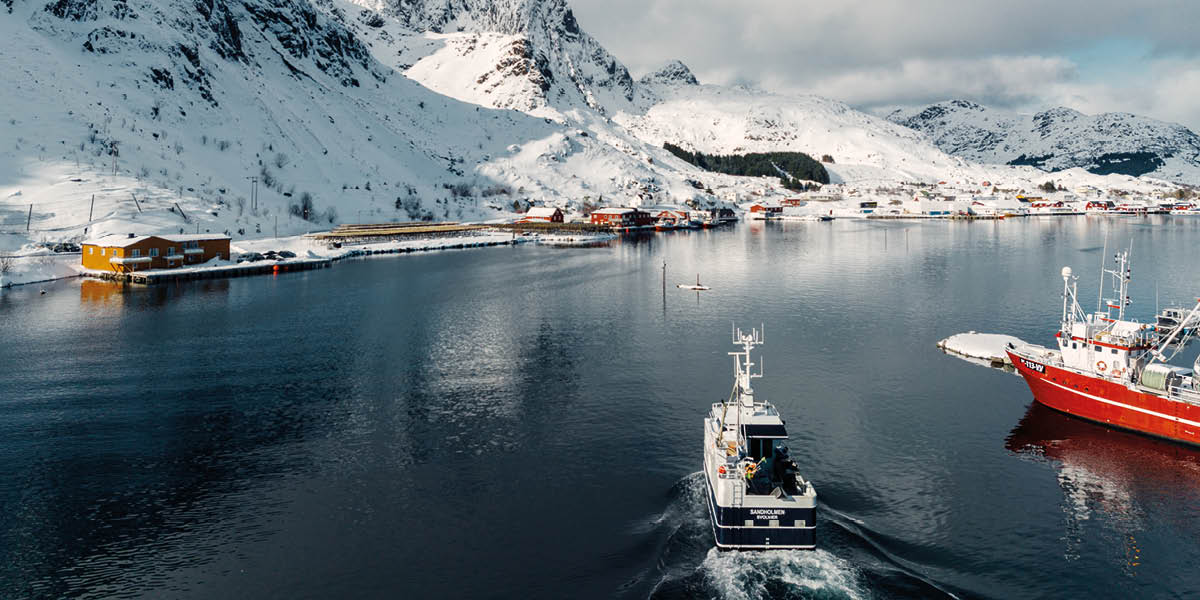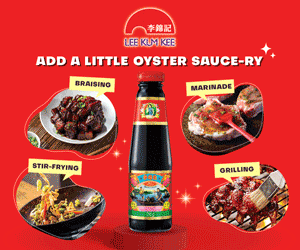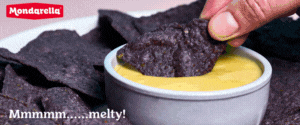FEATURE: Never mind the pollocks

From cooking techniques to consumer trends and sustainable sourcing, here’s everything you need to know to master your seafood offering
Humans have been harvesting, processing and consuming the fruits of the ocean since Palaeolithic times. Findings in a sea cave at Pinnacle Point in South Africa indicate that Homo sapiens were catching marine life as long as 165,000 years ago, while Neanderthals appear to have been doing the same along the Mediterranean coast at around the same time. Having held for millennia, demand for fresh fish is going nowhere fast, with the global market projected to reach a value of US$605.46bn by 2029, with a compound annual growth rate of 8.9% from 2022 to 2029, according to Statista. So, what factors are steering the continued growth and longevity of this exciting culinary segment?
“Over the last few years, lifestyles have been transformed and eating habits have changed,” says Victoria Braathen, UK director of the Norwegian Seafood Council. “As a healthy, sustainable and delicious meal option, seafood certainly works with some longer-term underlying trends.” The rising cost of living has forced many consumers to balance their desire for healthier eats alongside what they can actually afford, Braathen explains, adding: “Convenience also continues to be a key factor. More meal occasions and snacking offer interesting opportunities for seafood, along with the prevalence of global flavours. With 39m meals of Norwegian seafood alone served every day, we are constantly seeing new ways of showcasing seafood on menus all over the world.”
Catch of the day
Sven Erik Renaa, chef-patron of the two Michelin-starred Restaurant RE-NAA in Stavanger, Norway, champions the outstanding seafood culture and heritage found in his home country. “The seafood from Norway is so great and fresh because we have this fantastic, long coastline with cold and pristine waters. The fish thrive in our cold oceans,” he explains. “We have a lot of wildlife and a lot of seafood in general. In terms of my favourite, it’s not often I can get it but when I can source wild turbot from Norway, that’s the one for me. Our Norwegian langoustine is also the best in the world.”
Sam Dixon, demi chef de partie at the luxury hotel and Michelin-star restaurant Northcote in Lancashire, is more than familiar with the top-quality seafood produce found in Norwegian waters. In 2023, the rising star was crowned Young National Chef of the Year by the Craft Guild of Chefs, having floored a panel of expert industry judges with a dish featuring Norwegian skrei (cod). “Skrei is my favourite fish to cook with because it’s so versatile,” says the chef. “For the competition, I paired the cod with chicken skin, smoked cod’s roe, bacon and pickled mushrooms. I used the roe because I wanted to use the whole fish from top to bottom, and it was a good way to incorporate that ethos.”
For Tom Tsappis, chef-owner of fine dining restaurant Killiecrankie House in Perthshire, some of the best fish in the world comes from the UK. “It’s really a no-brainer to spotlight them here at Killiecrankie House,” he notes. “For us, that means showing a large variety of fish, particularly shellfish, that maybe people are less familiar with and can give our guests a new experience. Most seafoods benefit from light (if any) cooking and simple garnishes, so that would be my best tip for letting the produce shine.”

Mackerel Two Ways (Image: Killkrankie House/Alex Baxter Photography)
Greg Lambert, food director at SIX Rooftop in Gateshead, agrees, following a long-held philosophy of care and respect when it comes to working with fish. “Depending on what we are using, we apply the right kind of cooking,” he explains. “If we have Atlantic halibut, for example, we roast it with lashings of butter. With locally line-caught mackerel, we would lightly barbecue it. If we were using turbot – the king of the sea – we would gently grill it. With the fish served at SIX, we like to keep it simple – roasted, barbecued or grilled.”
According to Jeff Marshall, chef-patron of Now or Never by Journey Social, an evening dining venue based in Lancaster, more and more restaurants are seeking to promote uncomplicated techniques when it comes to cooking seafood. “Simplified pan cookery and cooking over flames gives the customer the chance to enjoy fish dishes without overthinking the processes,” he says. “A beautiful piece of mother of pearl, glassy-cooked fish will wow the customer more than those cooked via overly fussy and complex methods.”
Chin-to-fin
Communicating the quality of your dishes starts with knowing and understanding the fish and seafood you offer. As an operator, you should be able to answer questions about where your fish is from, how it was caught and any other relevant sustainability credentials – especially as 41% of consumers find provenance important. With that in mind, menu descriptors such as ‘locally caught’ or ‘sustainably farmed’ will help communicate your commitment to responsible sourcing to conscientious guests.
“In a world where reducing waste is at the top of many agendas, and the sustainability of stocks globally is a concern, using every part of the fish is a great way to do it justice after having caught or farmed it,” suggests Natalie Hudd, director of sales at Direct Seafoods. “It’s also a fantastic way to maximise the value of every fish you buy. Bones, shells and heads are perfect for stocks, adding flavour to your sauces, while trimmings are good for pie mix and fish cakes. And don’t even think about getting rid of those cheeks! Monkfish or cod cheeks pan-fried in lemon and caper butter are sensational.”
Tsappis and his team are always on a mission to waste as little as possible with produce that makes it to their kitchen. “Out of respect for the animal and also our bottom line,” the chef explains. “For us, that means things like using carcasses and heads to make stocks, salting the frill of flatfish to preserve it and also making use of things like eggs from various species as garnish, the basis of pâtés or home-made bottarga. We also try to buy the bits of fish that are often tossed away, or seen as less desirable; for example, we’ve been serving monkfish liver to great success in the restaurant, which is something quite unusual for most of our guests, but deeply revered in places like Japan.”
Salt, a restaurant located on Portland Marina in Dorset, benefits from a beautiful seaside location and, luckily, chef-patron Paul Clarke and head chef Emma Dedman have a passion for sustainability and provenance. “We source our seafood locally so we know exactly where it’s come from, and communicate this on our menu with the ‘Market Catch of the Day’ and ‘Cider-Battered Catch of the Day’, which varies depending on what the local dayboat catches. We also highlight the provenance of our scallops from Portland, and our mussels from Fowey.”
This chin-to-fin, or nose-to-tail, ethos should be a priority for every restaurant, not just in the UK but the world over. Not only does it reduce food waste, but it helps to keep costs down, with processes like smoking, curing and dehydrating bringing new and adventurous flavours to guests while ensuring every part gets used. But it’s also worth educating staff on the taste and texture of seafood produce – especially when it comes to lesser-known species. These can be promoted as alternatives to traditional favourites which are likely to be lower in stock. In the words of David Smith, head chef at The Dipping Lugger on the shores of Loch Broom in Scotland: “Sustainability isn’t just a seafood trend for 2024, but a wider focus on sourcing fish and shellfish. By highlighting the produce we have on our own coastline and sourcing it ethically, we can reduce the environmental impact on the planet and ensure we have plenty of fish left in the sea for future generations to come.
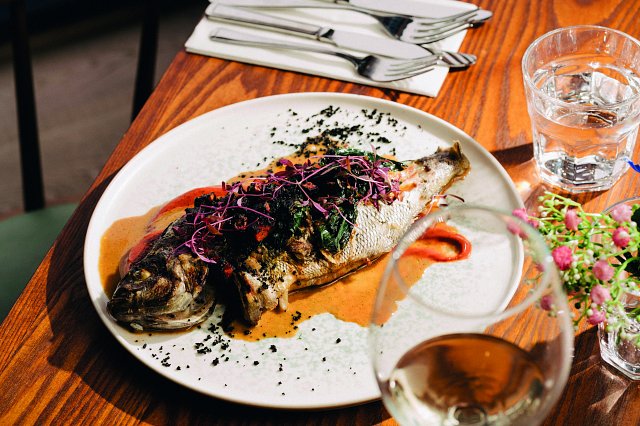
Flavours abound in the seafood offering at Salt (Image: Salt Restaurant/Alex Rory Jacobs)
“It’s really all about educating kitchen teams about how we can transform something that may get discarded into an integral part of a dish. Everyone should embrace chin-to-fin cooking. It’s an incredibly exciting way to create, using the lesser-used parts of fish and shellfish to make something that’s delicious.”
Seek super-star suppliers
Sustainability goes hand in hand with your supply chain. Using every part – offal and all – is all very well, but if you didn’t source responsibly to begin with, your efforts are counterproductive.
“It’s important you buy fish from the approved list and don’t get anything endangered,” urges Lambert. “We are all aware of the perils of the oceans and their dwindling supplies due to overfishing, overconsumption and pollution. Purchasing only MSC-approved fish, fish that are in season and local to you, and only buying what you need are key to reducing these issues. Having a good working relationship with your seafood suppliers is key – they can help and guide you.”
Now Or Never is another fortunate coastal restaurant with access to the Irish Sea, as well as Scottish and Atlantic produce. “I’ve always been sceptical of the landlocked seafood restaurant that has a ‘Catch of the Day’ on the board. It might be a catch of the day – but what day?” asks Marshall.
“With this in mind, we hold our suppliers to account to produce a clear provenance train from fisherman to fork,” he adds. “This is something we can then share with customers with confidence and clarity. Restaurants have engaged with local veg growers or farmers of speciality meats for quite a long time, but the same can’t be said when it comes to fish. We’ve aimed to change this by ensuring we know exactly what dayboat our catch was landed by, mapping its journey from that boat to our door.”
Be wary of products that seem suspiciously cheap compared to the rest of the market – there’s often a reason for these cut-throat prices, and it’s certainly not down to good quality! As an example, a supplier offering brine-injected salmon will have falsely inflated weight, and the same often goes for cheaper smoked salmon products. So, watch out and steer clear!
Enlighten and inspire
The hospitality industry has an important role to play when it comes to education and inspiration surrounding all things seafood. As operators, you have a duty to purchase (and use!) your produce responsibly. On top of this, communicating the whys and hows with guests can help to facilitate a widespread celebration of sustainable fish on tables across the UK – the long-term end goal for consumers and operators alike.
As Braathen perfectly concludes: “By educating on seafood provenance and origin, we can not only build consumer confidence, but also capture the hearts of conscientious guests. We believe that, if customers understand where their fish have come from, and acknowledge the lengths the industry is going to ensure the future of sustainable fishing, they will better see the value of your product and carefully prepared seafood dishes.”


